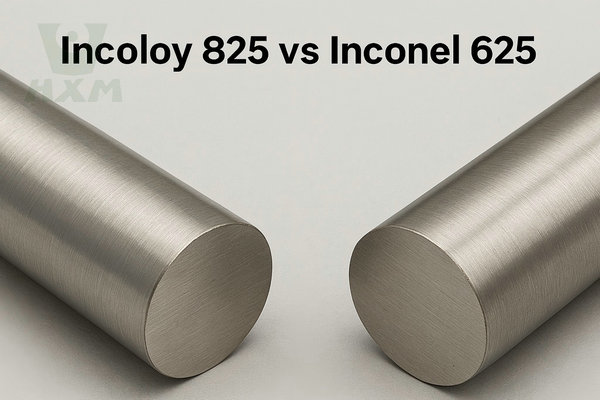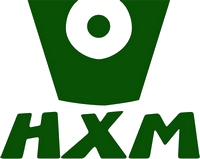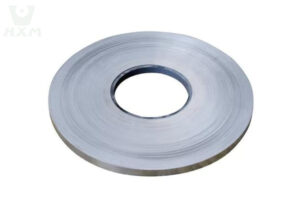When choosing high-performance nickel alloys for extreme environments, Incoloy 825 and Inconel 625 are two widely recognized options. Both offer excellent corrosion resistance and mechanical strength, but each alloy excels in different applications. In this article, we’ll compare Incoloy 825 and Inconel 625 from composition, mechanical properties, corrosion resistance, temperature resistance, cost, and typical use cases—so you can make the right choice for your project.

Incoloy 825 vs Inconel 625: Key Differences and Applications
| Property | Incoloy 825 | Inconel 625 |
|---|---|---|
| Main Composition | Ni-Fe-Cr with Mo, Cu, Ti | Ni-Cr-Mo with Nb (no Fe or Cu) |
| Corrosion Resistance | Excellent against acids & seawater | Superior in harsh oxidizing/reducing |
| Temperature Resistance | Up to ~540°C (1000°F) | Up to ~980°C (1800°F) |
| Mechanical Strength | Good | Higher |
| Applications | Chemical processing, pollution control | Aerospace, marine, nuclear |
| Price Range | Lower | Higher |
Chemical Composition
Incoloy 825 (UNS N08825) contains around 38–46% nickel, 19.5–23.5% iron, 22–23.5% chromium, 2.5–3.5% molybdenum, and 1.5–3% copper.
Inconel 625 (UNS N06625) has a nickel content of over 58%, 20–23% chromium, 8–10% molybdenum, and significant niobium content for extra strength.
Mechanical Properties Comparison
Inconel 625 offers much higher tensile and yield strength than Incoloy 825 due to its niobium content. This makes Inconel 625 suitable for high-pressure, high-stress applications such as aerospace engine components.
Tensile Strength (MPa)
Incoloy 825: ~550 MPa
Inconel 625: ~827 MPa (solution-annealed)
Corrosion Resistance
Incoloy 825 is highly resistant to sulfuric and phosphoric acids, seawater, and chloride-induced stress corrosion cracking.
Inconel 625 outperforms in oxidizing and reducing environments, especially in aggressive acids and high-temperature seawater.
If your application involves high concentrations of hydrochloric or nitric acid, Inconel 625 is the safer choice.
Temperature Resistance
Incoloy 825 is ideal for service temperatures up to 540°C (1000°F).
Inconel 625 can perform well up to 980°C (1800°F), making it suitable for jet engines, furnace components, and heat shields.
Cost Comparison
Generally, Inconel 625 is more expensive due to its higher nickel content and strength. If your project can meet its goals under 540°C, Incoloy 825 may offer a more cost-effective solution without compromising corrosion resistance.
Applications of Incoloy 825
Chemical processing plants
Acid production equipment
Heat exchangers
Marine exhaust systems
Air pollution control (scrubbers)
🔗 Looking for reliable Incoloy 825 suppliers? Contact Huaxiao Metal for stock availability and competitive pricing!
Applications of Inconel 625
Aerospace turbine blades
Nuclear reactors
Subsea oil and gas systems
Heat shields and exhaust systems
High-pressure piping systems
Need high-strength Inconel 625 for extreme conditions? Ask Huaxiao Metal for a quote today!
Which One Should You Choose?
Choose Incoloy 825 if:
You need excellent corrosion resistance in acids at moderate temperatures.
Budget is a concern.
The application involves seawater, heat exchangers, or chemical tanks.
Choose Inconel 625 if:
You require high strength and oxidation resistance at high temperatures.
Your equipment operates in aggressive chemical or marine environments.
Long-term durability under thermal stress is essential.

